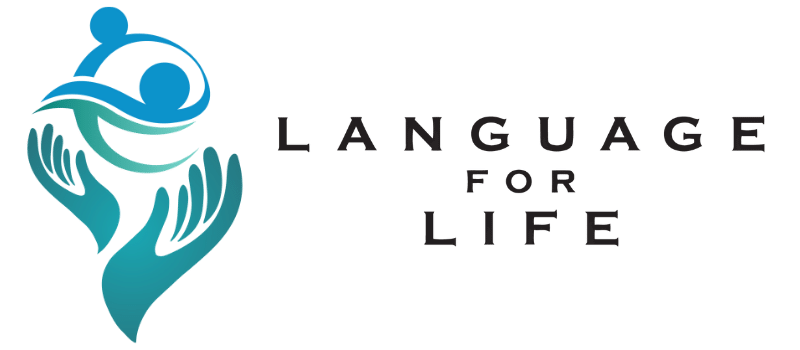Introduction
Music has been a fundamental part of human culture for centuries, providing not only entertainment but also a source of emotional expression and healing. Music therapy is a professional practice that harnesses the therapeutic potential of music to improve the physical, emotional, cognitive, and social well-being of individuals. In this blog, we’ll explore some of the most effective music therapy techniques and how they can positively impact the lives of those who participate.
Active Listening and Mindfulness
One of the simplest yet most powerful music therapy techniques is active listening. Patients are encouraged to engage in focused, intentional listening to music, allowing them to become more aware of their thoughts and emotions. This practice is often combined with mindfulness techniques to help individuals manage stress, anxiety, and depression.
Music therapists select specific pieces of music or create personalized playlists tailored to each individual’s needs. These selections can vary from calming classical compositions to energetic and rhythmic tracks, depending on the therapeutic goals. Through active listening and mindfulness, patients can develop better emotional regulation and an increased sense of self-awareness.
Music Improvisation
Music improvisation involves creating music spontaneously, without predetermined plans or notation. This technique allows individuals to express their emotions and thoughts through music, even if they have little to no musical experience. Music therapists may use instruments like drums, keyboards, or even voice to facilitate improvisation sessions.
Improvisation can be particularly helpful for individuals who struggle to communicate verbally or have difficulty expressing themselves. It provides a safe and non-judgmental space for self-expression and can help build confidence and self-esteem.
Songwriting and Lyric Analysis
Songwriting is a creative and therapeutic outlet that encourages individuals to express their feelings, experiences, and aspirations through song. Music therapists often guide patients in the songwriting process, helping them put their thoughts and emotions into lyrics and melodies.
Lyric analysis is another technique that involves exploring the meaning and emotions behind existing songs. This can be especially beneficial for individuals working through grief, trauma, or complex emotions. By dissecting the lyrics of a song, patients can gain insights into their own feelings and experiences.
Movement and Dance
Music and movement are closely connected, and dance therapy is an integral part of music therapy. Patients are encouraged to express themselves physically through dance, with the music serving as both a guide and a source of inspiration. Movement and dance can help improve coordination, motor skills, and body awareness while promoting emotional release and self-expression.
Guided Imagery and Music (GIM)
Guided Imagery and Music (GIM) is a specialized music therapy technique that combines relaxation, music, and visualization. In GIM sessions, patients listen to carefully selected music while a trained therapist guides them through a journey of self-discovery and exploration. This technique can be particularly effective for individuals seeking personal growth, insight, or spiritual connection.
Conclusion
Music therapy offers a diverse range of techniques that can benefit individuals of all ages and backgrounds. Whether you’re struggling with mental health issues, recovering from a physical injury, or simply looking for a creative outlet, music therapy can provide a path to healing and self-discovery. As science continues to uncover the therapeutic benefits of music, we can expect this field to expand and evolve, offering new avenues for individuals to harness the healing power of harmony in their lives.
Credits: Positive Psychology


